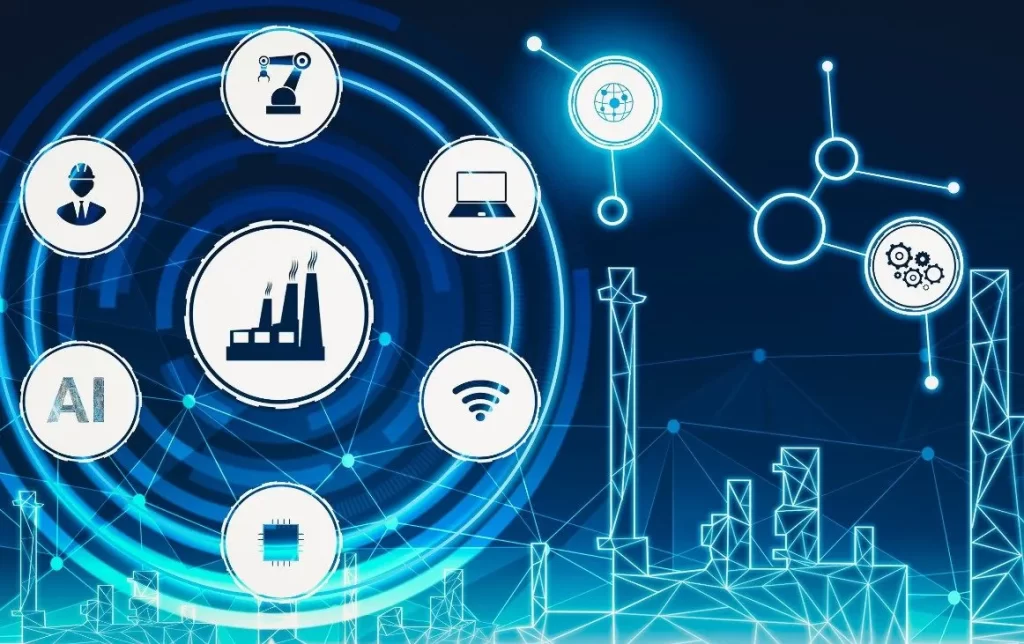The Essence of IIoT Solutions
Sensors and Actuators: These devices collect real-time data on various parameters like temperature, pressure, and vibration, enabling precise monitoring and control of industrial assets.
Connectivity: IIoT solutions use robust and reliable connectivity options, including industrial-grade Wi-Fi, LPWAN, and 5G, to ensure seamless data transmission in challenging environments.
Data Analytics: Advanced analytics and machine learning algorithms process vast amounts of data to provide actionable insights, predictive maintenance, and anomaly detection.
The Role of IIoT Platforms
Device Management: IIoT platforms enable the centralized management of connected devices, including provisioning, configuration, and firmware updates.
Data Integration: They aggregate data from diverse sources, facilitating seamless integration with existing enterprise systems and data lakes.
Analytics and Insights: IIoT platforms offer powerful analytics tools to process and visualize data, helping industries make informed decisions and optimize operations.
Security: Ensuring data integrity and protecting against cyber threats is paramount in industrial settings. IIoT platforms provide robust security features, including encryption, authentication, and access control.
IoT for Industries: Real-World Applications
The application of IoT in industrial settings is driving significant advancements across various sectors. Here are some notable examples:
Manufacturing: IIoT solutions enable predictive maintenance of machinery, reducing downtime and extending equipment lifespan. Real-time monitoring of production lines enhances quality control and operational efficiency.
Energy: Smart grids and IIoT-enabled energy management systems optimize energy consumption, improve grid stability, and facilitate the integration of renewable energy sources.
Transportation and Logistics: IIoT platforms provide real-time tracking of assets, optimize supply chain operations, and enhance fleet management through predictive maintenance and route optimization.
Oil and Gas: IIoT solutions monitor pipeline integrity, detect leaks, and optimize extraction processes, ensuring safety and efficiency in operations.
Benefits of IIoT Solutions
Operational Efficiency: Real-time monitoring and predictive maintenance reduce downtime, improve asset utilization, and enhance overall productivity.
Cost Savings: By optimizing processes and reducing waste, IIoT solutions drive significant cost savings for industries.
Enhanced Safety: Continuous monitoring and early detection of anomalies enhance the safety of industrial operations and reduce the risk of accidents.
Sustainability: IIoT solutions promote sustainable practices by optimizing resource usage and minimizing environmental impact.
Conclusion
As we move forward, the continued integration of IIoT solutions will play a crucial role in shaping the future of industries, paving the way for a more connected, intelligent, and efficient world.

